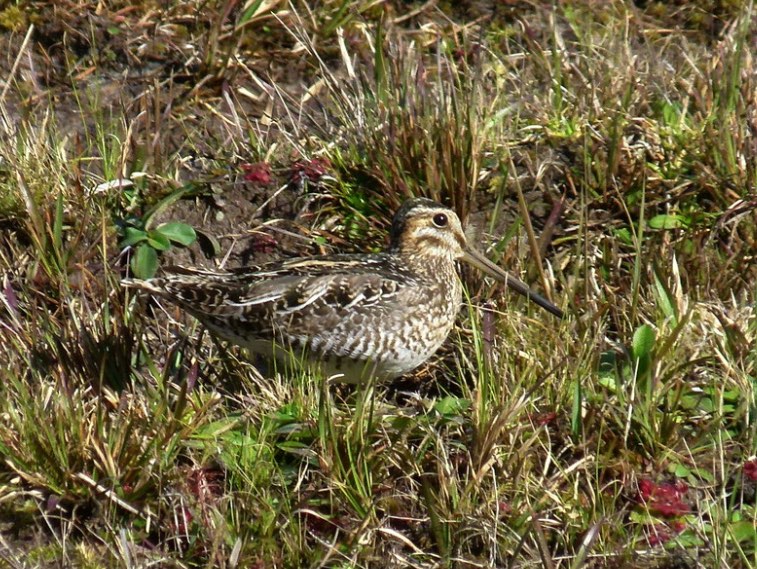
Wilson’s Snipe. Douglas Richard/Macaulay Library. 29 February 2016. eBird Checklist S27894585, Macaulay Library ML25278621
Continental Summary
Early migrants will be on the move in the West and the East. Favorable conditions this weekend and at the end of the coming week will see light to moderate movements scattered across the West, while a pulse of unseasonably warm air will inspire widespread light to moderate flights over the weekend in the Great Plains and for the first half of the work week in much of the East. Read on to find out what species will be on the move in your region!
Arrows show wind speed and direction (arrow points in the direction to which wind is blowing) 100 m above ground level. Areas with southerly winds are colored red; northerly winds colored blue. Accumulated precipitation (in 6 hour intervals) is green, outlined by white. Broadly speaking, areas of the map in red will experience conditions that are favorable for migration, and areas where red and green (and red and blue) intersect and overlap may experience migrant concentrations and fallouts as migrants interact with precipitation.
We use data collected by eBird users help make more accurate forecasts. If you enjoy the predictions contained in these posts, please consider submitting your own bird sightings to eBird to even further improve the content. Every observation counts, whether it be a single bird at a feeder in your backyard, or an entire day spent in a national park. To get started with eBird, head on over to the site!
Additionally, please note that photographs and other digital media showing birds come from the Macaulay Library, which receives credit along with the photographer/observer in the media caption as part of a new initiative that allows public contribution, access and use of natural history media.
Need a review of our definitions for regions, species on the move, and migration amounts? Please visit this link.
Quick Links to Regions
Upper Midwest and Northeast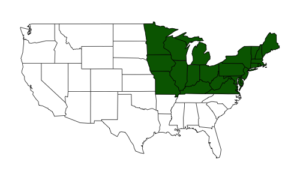 |
Gulf Coast and Southeast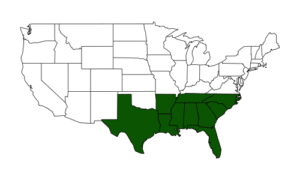 |
Great Plains |
West |
Upper Midwest and Northeast
A reminder of the winter that wasn’t kicks off the weekend, with some snow, cold air and northerly flow keeping birds grounded to the east of the Appalachians. But farther west, light to moderate movements will occur, particularly late in the weekend, as a warming trend begins that will continue and expand. By Sunday night, and continuing through Tuesday night, substantially warmer and more favorable conditions for migration spread across the region, spawning moderate and potentially locally heavy flights. By Wednesday the next low pressure center begins to move into the region, shutting down movements in the Upper Midwest and Great Lakes. The literal dampening effects of this system will keep things quiet until the end of the week, when more favorable southerly winds return to many areas.
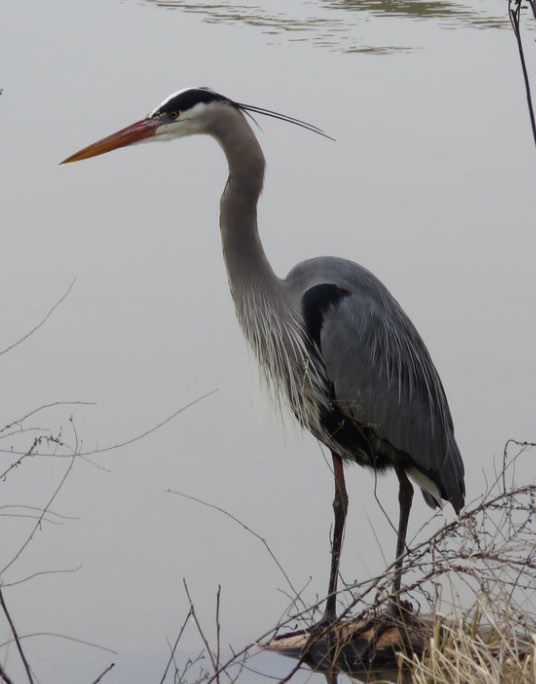
Great Blue Heron. Clayton Koonce/Macaulay Library. 3 March 2016. eBird checklist S27947126, Macaulay Library 25264761.
Species on the Move
Beginning Arrivals What is this?
| Species | Migrants Begin Arriving | Rapid Migrant Influx | Peak | Rapid Migrant Departure |
|---|---|---|---|---|
| Wilson's Snipe | 3/8 | 3/25 | 4/15 | 4/30 |
| Great Blue Heron | 3/11 | 3/21 | 5/14 | - |
Gulf Coast and Southeast
Areas west of the Mississippi River valley will see most of the action this weekend, as southerly flow will bring moderate to locally heavy flights. By Sunday night and continuing into the middle of the work week, the whole of the region will experience largely favorable conditions, and light to moderate flights, some locally heavy, will be widespread. Birders in Texas and Louisiana should watch coastal hotspots for concentrations and possible fallouts with the arrival of early trans-Gulf migrants in rain. For the latter half of the work week, the rain-producing frontal boundary drifts east, creating potential for more concentrations of inbound early Neotropical migrants and generally disrupting the regional flow of movements to more localized flights where favorable conditions persist.
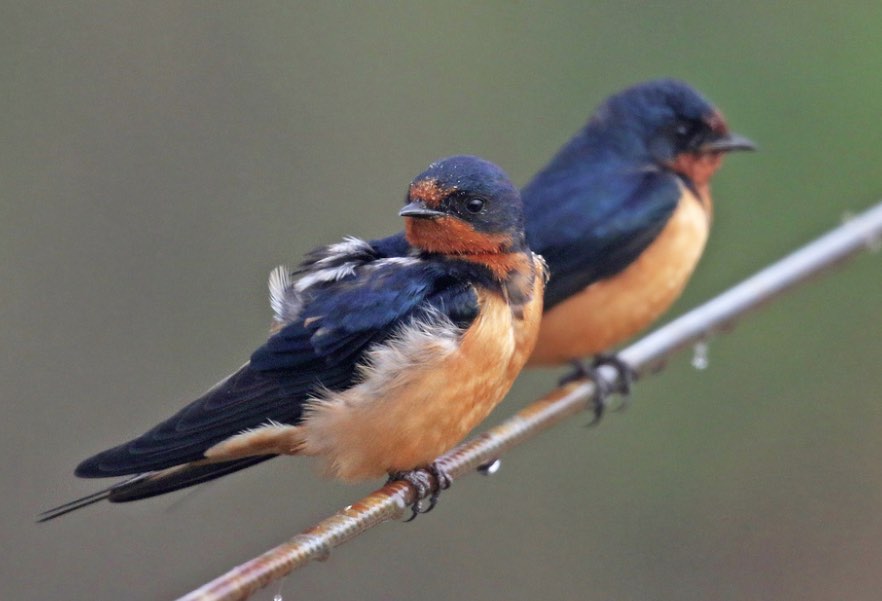
Barn Swallow. Matt Davis/Macaulay Library. 2 March 2016. eBird checklist S27934204, Macaulay Library 25234661
Beginning Arrivals What is this?
| Species | Migrants Begin Arriving | Rapid Migrant Influx | Peak | Rapid Migrant Departure |
|---|---|---|---|---|
| Purple Martin | 3/4 | 3/21 | 4/29 | - |
| Barn Swallow | 3/5 | 3/21 | 4/30 | - |
| American Golden-Plover | 3/7 | 3/18 | 3/30 | 5/2 |
| Black-necked Stilt | 3/8 | 3/19 | 4/21 | 5/4 |
| Willet | 3/9 | 4/11 | 4/19 | 5/1 |
| Pectoral Sandpiper | 3/9 | 3/19 | 4/29 | 5/16 |
| Black-and-white Warbler | 3/10 | 4/17 | 4/26 | 5/9 |
| Lesser Yellowlegs | 3/11 | 4/15 | 4/24 | 5/10 |
Great Plains
The weekend brings a blast of southerly flow, beginning on Saturday and continuing through Monday night, that will see widespread moderate to locally heavy flights of spring migrants and departing winterers. By Tuesday, however, these flights decrease dramatically as a cold front passes. The days that follow will see a continuation of movements in the northern Plains, where light to moderate flights will occur in the Dakotas; the central and southern Plains will be much less active, with unfavorable cool and northerly flow and a low pressure center keeping most birds grounded.
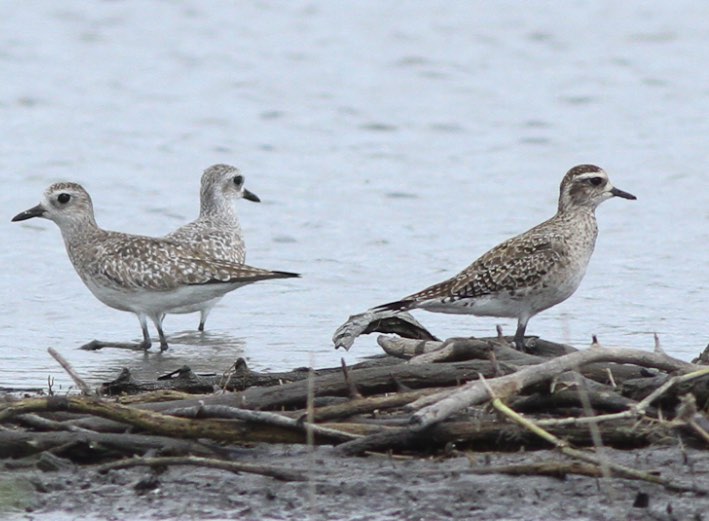
American Golden-Plover (right) with Black-bellied Plovers. Michael O’Brien/Macaulay Library. 14 March 2011. eBird checklist S7849517, Macaulay Library 25245691.
Species on the Move
Beginning Arrivals What is this?
| Species | Migrants Begin Arriving | Rapid Migrant Influx | Peak | Rapid Migrant Departure |
|---|---|---|---|---|
| American Golden-Plover | 3/4 | 3/20 | 4/8 | 5/28 |
| Wood Duck | 3/8 | 3/25 | 5/7 | - |
| Greater Yellowlegs | 3/11 | 3/20 | 4/18 | 5/3 |
| Blue-winged Teal | 3/11 | 3/23 | 4/21 | 5/12 |
West
Much of the region away from the Pacific Coast will experience a weekend of favorable conditions for light to moderate movements of early migrants. More coastal areas, however, are forecast to experience precipitation, which will keep migrants grounded. After the passage of low pressure responsible for the precipitation, a new pattern emerges: by Tuesday night light to moderate movements return to the Great Basin and northern Rockies, followed by similar intensity flights farther south and east by Wednesday and Thursday nights.
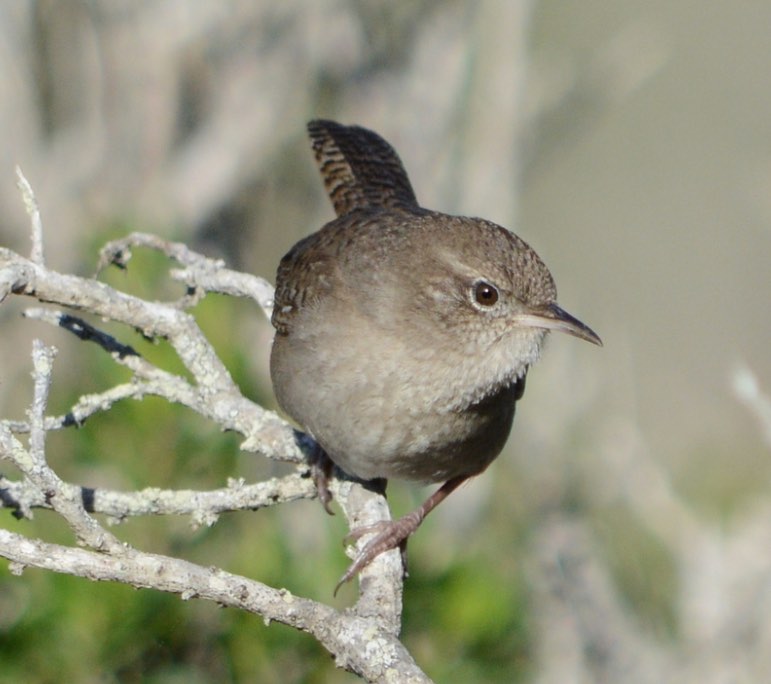
House Wren. Brad Rangell/Macaulay Library. 5 February 2016. eBird checklist S27320542, Macaulay Library 24043771.
Species on the Move
Beginning Arrivals What is this?
| Species | Migrants Begin Arriving | Rapid Migrant Influx | Peak | Rapid Migrant Departure |
|---|---|---|---|---|
| House Wren | 3/5 | 4/30 | 5/22 | - |
| Lucy's Warbler | 3/10 | 3/19 | 4/1 | - |
| Bell's Vireo | 3/11 | 3/21 | 4/28 | - |
–––––––––––––––––––––––––––––––––––
Farnsworth and Van Doren




